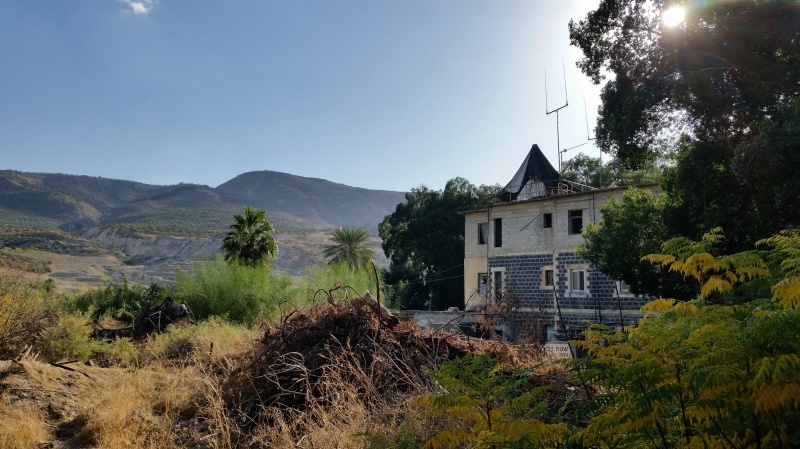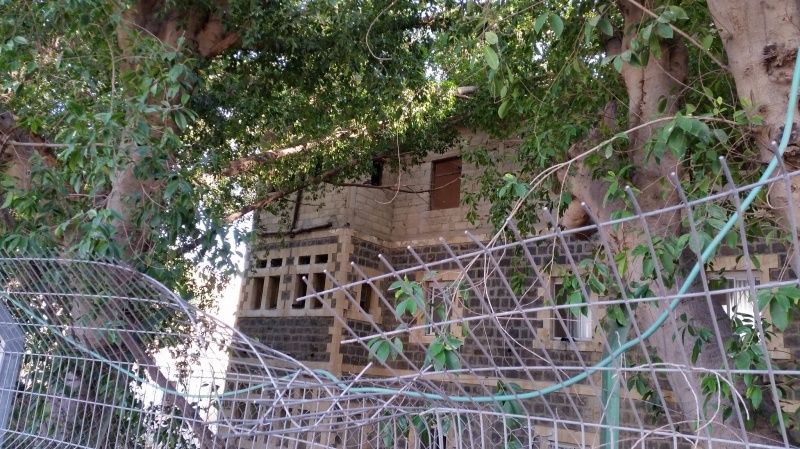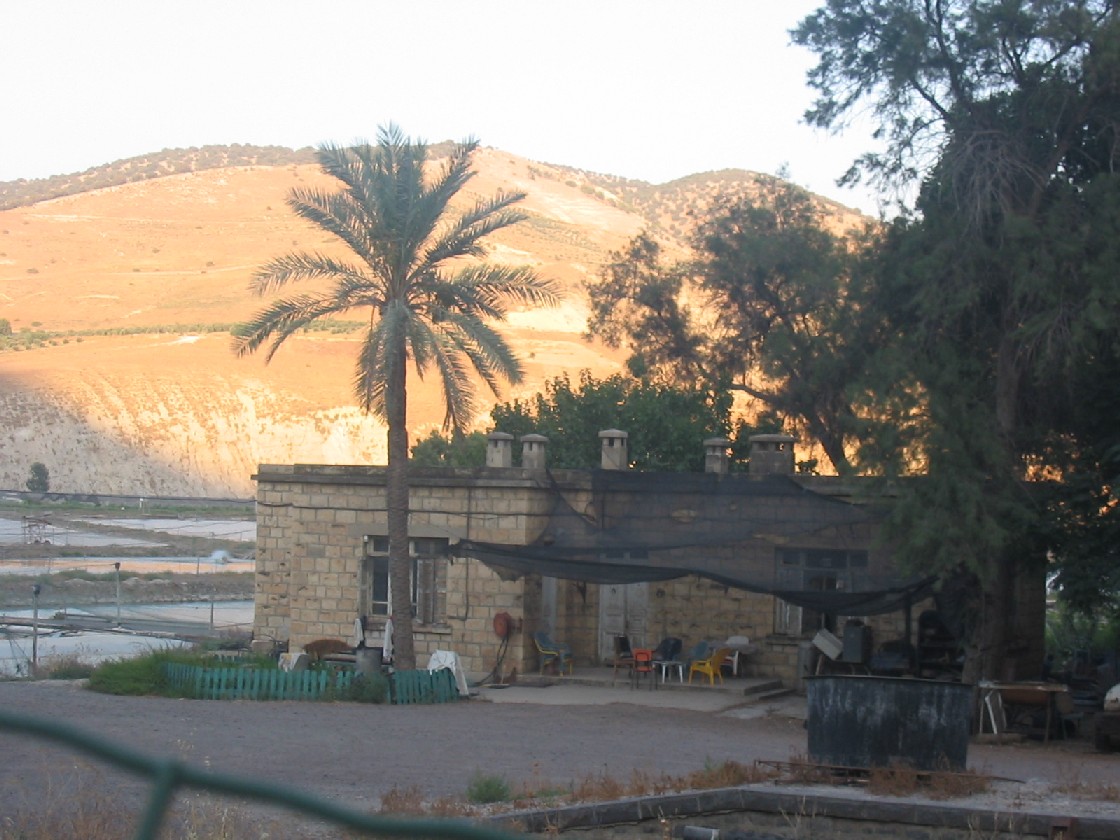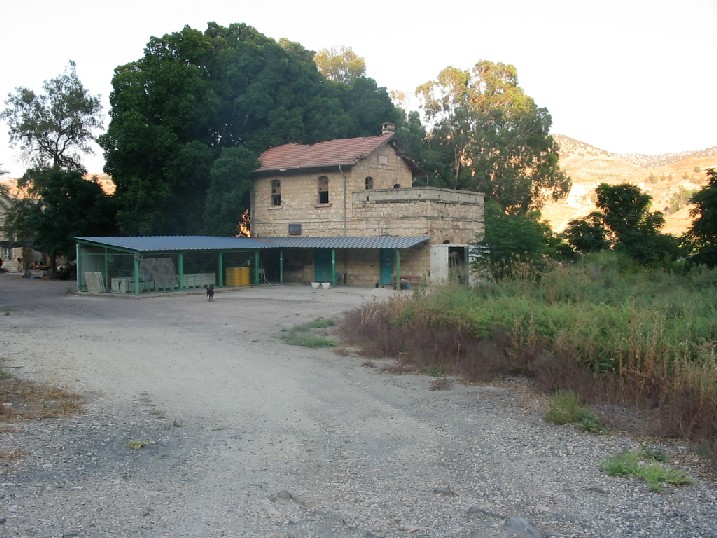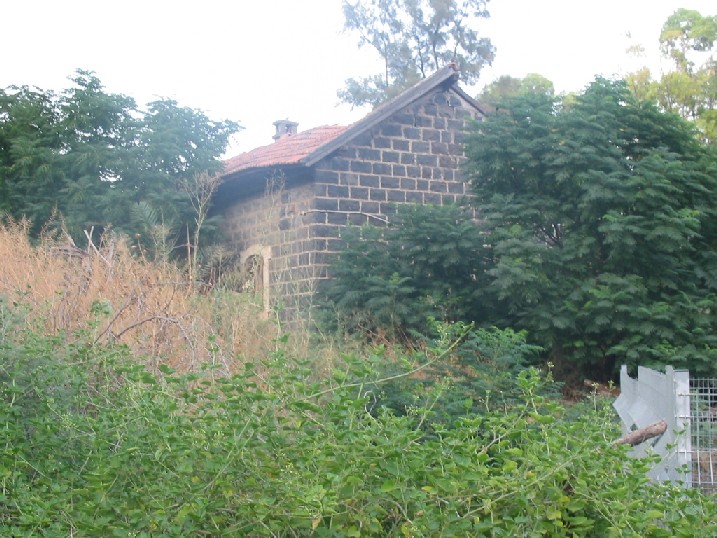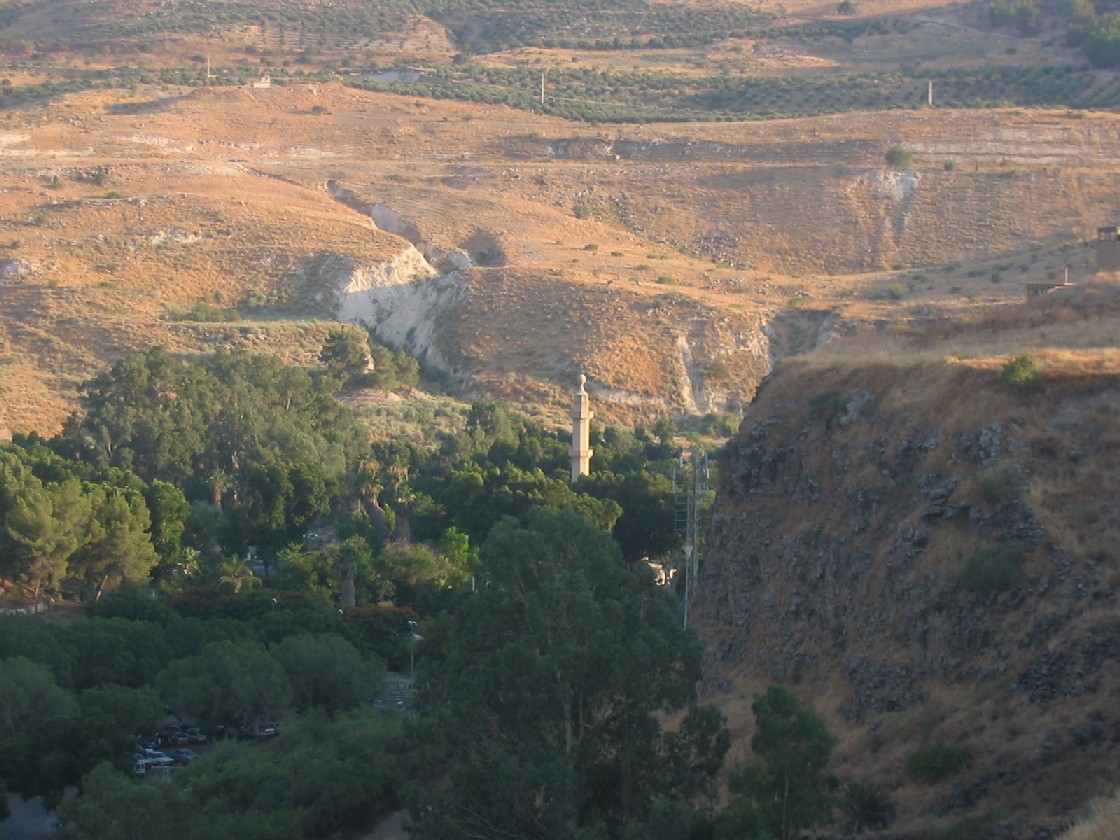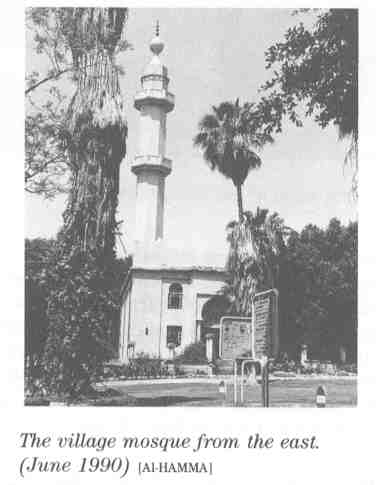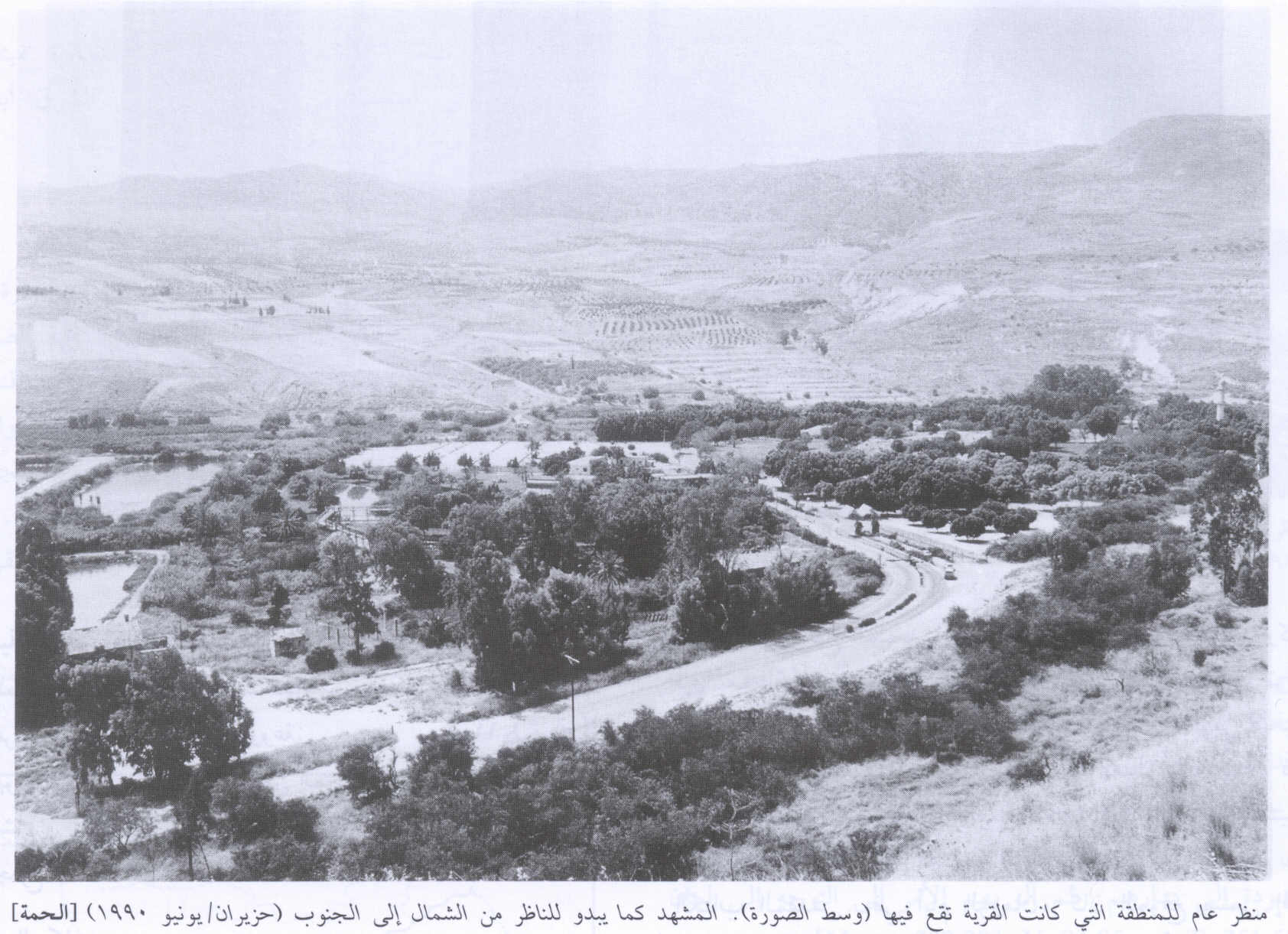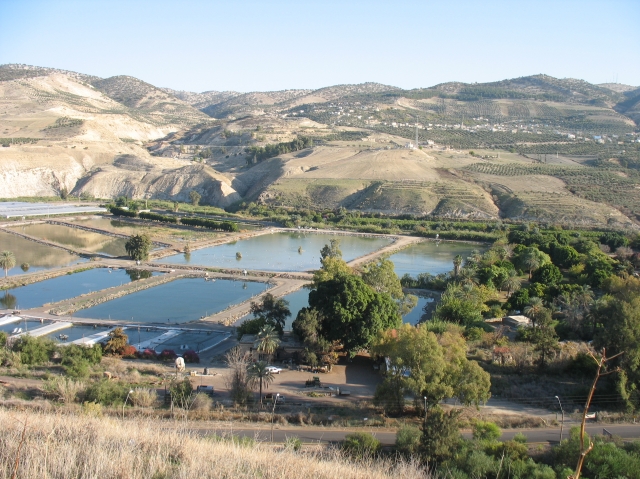Info
District: Tiberias
Population 1948: 336
Occupation date: 20/07/1949
Jewish settlements on village/town land before 1948: Hamat Gader Park
Jewish settlements on village/town land after 1948: Unavailable
Background:
al-Hamma before 1948
Al-Hamma was a Palestinian village in the Tiberias district situated on a narrow strip in the Yarmouk Valley, located 12km Southeast of Tiberias. Al-Hamma was one of the stations linking Haifa to the Hijaz railway.
The area was attracted by settlers since ancient times. The village was established on the Hellenistic Ammathous, and was known as Emmatha during the Roman period where it belonged to the district of Gadara, now located in Jordan. The main income was based on agriculture with a small portion of the land consisting of olive trees, and in 1944-45 the lands were irrigated or used for orchards. Archaeological remains in the village showed an amphitheatre, baths, a synagogue, burial grounds , the hafts and capitals of columns and a shrine. The villagers were predominantly Muslim, and the village had a large Mosque with marble columns and a fountain.
In 663 A.D., an earthquake damaged the village and it was thus renovated. The village was known for its hot springs, which were thought to have therapeutic qualities due to the high levels of sulphur in the water. This attracted many visitors in the Greek and Roman times but was later abandoned and only visited by Bedouins setting up seasonal camps at the site. During the British Mandate Era in 1936, a Lebanese entrepreneur, Sulayman Nasif, was given permission to utilize the area, thus regaining its popularity and Palestinians and Arabs returned to the area for relaxation and therapy once again.
Occupation and depopulation
Al-Hamma was not seized during the fighting of 1948, but after it ended. At the end of the 1948 war, the village was placed in the DMZ (the demilitarized zone) on the Syrian border and was thus protected under supervision from the Syrian-Israeli armistice agreement, which was signed in July 1949. However, despite this agreement the Israeli authorities still decided to expell the villagers on the grounds that they may be aiding the Syrians, trespassing, stealing cattle. Over the course of the following seven years, excuses such as petty theft and crime, economic incentives and police pressure was used to drive the villagers out of the city.
Israeli Settlements on village lands
To this day, there are no Israeli settlements on the village land.
The village today
The site has been covered up and since then turned into an Israeli tourist park with parking facilities, swimming pools and a fishing pond. The mosque of Al-Hamma still stands today with its marble columns intact, as well as the railroad station with the name of the village inscribed at its entrance. Next to the station there are three deserted buildings, as well as the ruins of destroyed houses. There are five buildings east of the village site made out of black basalt and south of the mosque, excavated building foundations have been unearthed by archaeologists.
------------------------------
Source: al-Khalidi, Walid (ed.). All that remains: the Palestinian villages occupied and depopulated by Israel in 1948. Washington DC: 1992.


